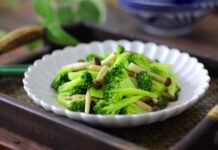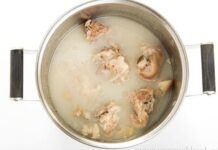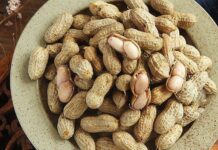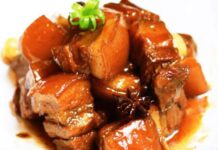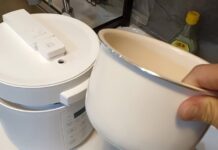Bowlegs can be a source of insecurity for many, but don’t worry! We’ve got 10 simple and effective home remedies to help you straighten those legs. However, it’s important to remain patient and consistent with your practice to see desirable results.
1 What are Bowlegs?
3 common types of bowlegs
According to Vinmec International General Hospital, normal legs have straight knees and are parallel to each other when standing, with the knees touching.
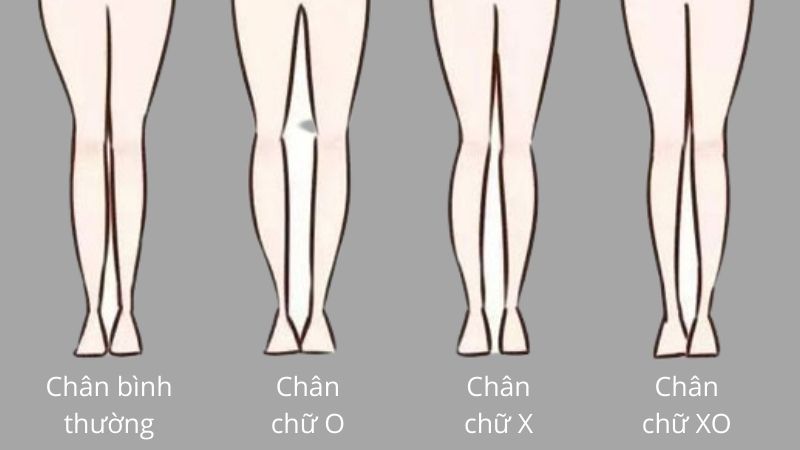 3 common types of bowlegs
3 common types of bowlegs
Bowlegs are characterized by a tendency for the knees to bend outward when standing, creating a gap between the legs. This can manifest in different ways depending on the type of bowleg: O-shaped, XO-shaped, or X-shaped.
Causes of Bowlegs
- Genetics: This is a common cause, as children are likely to inherit bowlegs from their parents. Therefore, many cases of bowlegs are due to congenital bone structure. The ratio of boys to girls with bowlegs is 3.5:1.1.
To illustrate, out of 10 children comprising 5 boys and 5 girls, approximately 3.5 boys will have bowlegs, while only about 1.1 girls will exhibit this condition.
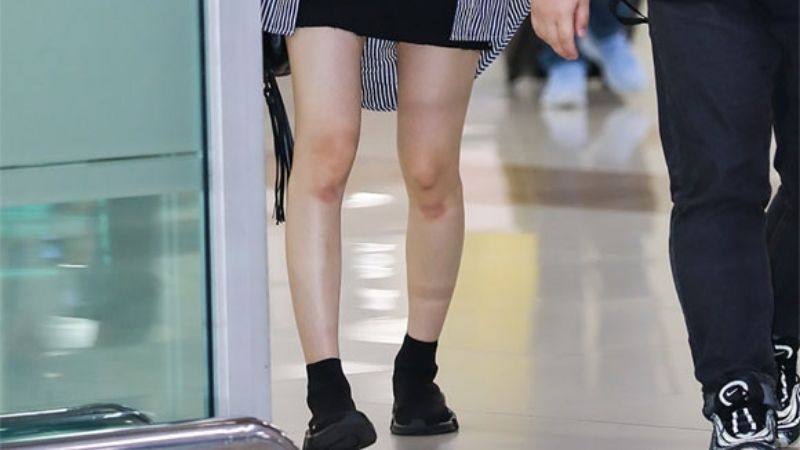 Causes of bowlegs
Causes of bowlegs
- Nutritional Deficiencies: Lack of calcium and vitamin D is a common cause that increases the risk of bowlegs and can even lead to rickets, resulting in bowleg deformities.
- Harmful Influences: For children, whose bones are still soft and fragile, any harmful influence on their bones can cause them to bend and deform.
- Obesity: Another factor is obesity or early-onset obesity in children, which can create excessive pressure and compress the unstable skeletal system, leading to bone deformities.
- Medical Conditions: Conditions such as Blount’s disease, rickets, knee fractures, osteogenesis imperfecta, and others can result in bowlegs.
2 Tips to Treat Bowlegs in Children
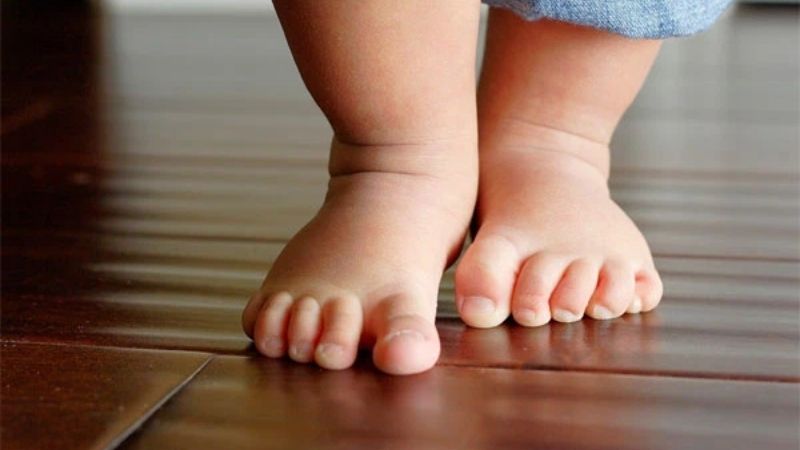 Tips to treat bowlegs in children
Tips to treat bowlegs in children
There are several popular methods to treat bowlegs in children:
- Special Shoes: These shoes are designed with a rigid form to help stabilize the foot and prevent the child’s legs from deviating. However, they must be worn consistently to be effective.
- Bracing: This method involves manually applying force to the child’s legs to straighten the bones. It is most effective for infants and young children with more malleable bones. Care must be taken to avoid using excessive force that could harm the child.
- Casting: This technique involves applying a cast to help reshape the child’s bones. However, it can be uncomfortable for the child, so patience and family support are crucial.
- Surgical Bone Correction: This is a last resort if no quicker and more effective methods are available. However, it can be painful and time-consuming, so finding a reputable medical facility is essential to avoid potential complications.
- Treating Underlying Conditions: Identify and treat any conditions causing the child’s bowlegs, such as nutritional deficiencies, obesity, Blount’s disease, or rickets, to prevent long-term consequences.
For reference:
3 Ways to Treat Bowlegs in Adults
Sunbathing Habit
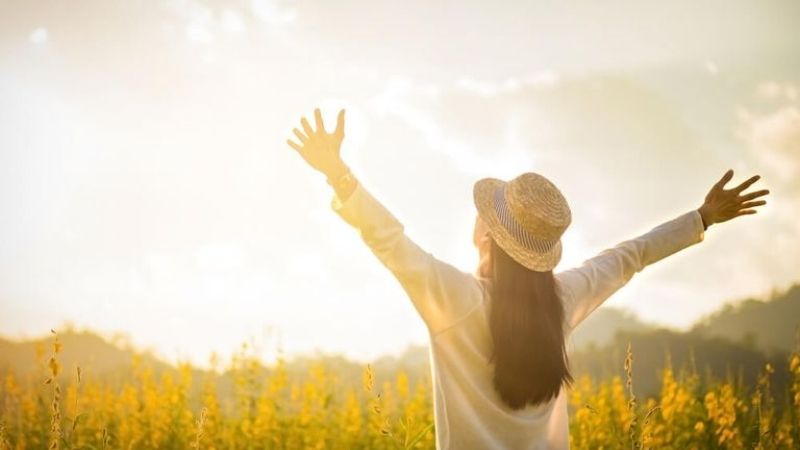 Sunbathing
Sunbathing
Sunbathing helps the body absorb vitamin D, and sufficient vitamin D intake can prevent bone problems, especially rickets and bowlegs. It also boosts immunity. Early morning sun exposure (around 7-8 am) for 20-30 minutes is recommended.
Monitor and Control Weight
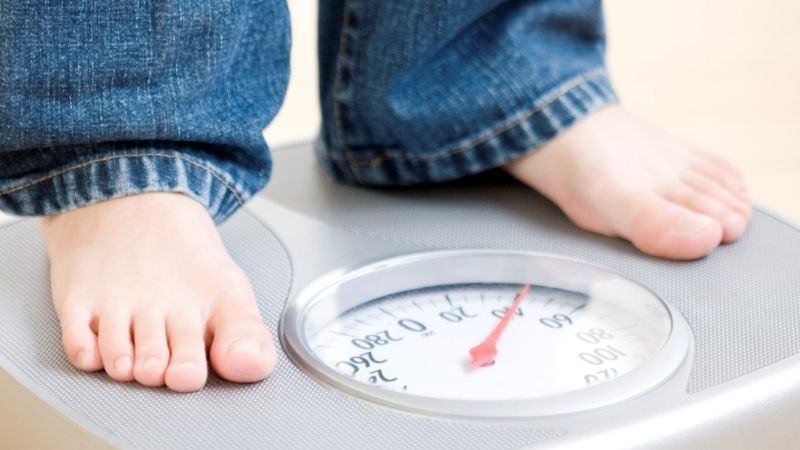 Monitor and control weight
Monitor and control weight
Obesity or being overweight increases the risk of bowlegs as excessive weight creates gravitational pressure that can deform bones. Additionally, being overweight can cause joint inflammation, osteoarthritis, and osteoporosis. Therefore, maintaining a healthy weight can help mitigate bowlegs.
Exercise and Sports
Using a Thigh Lift Machine
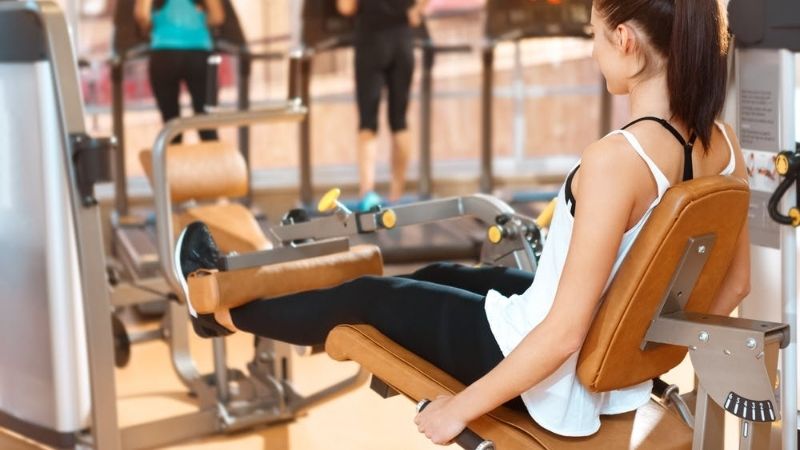 Using a thigh lift machine
Using a thigh lift machine
Calf Raises
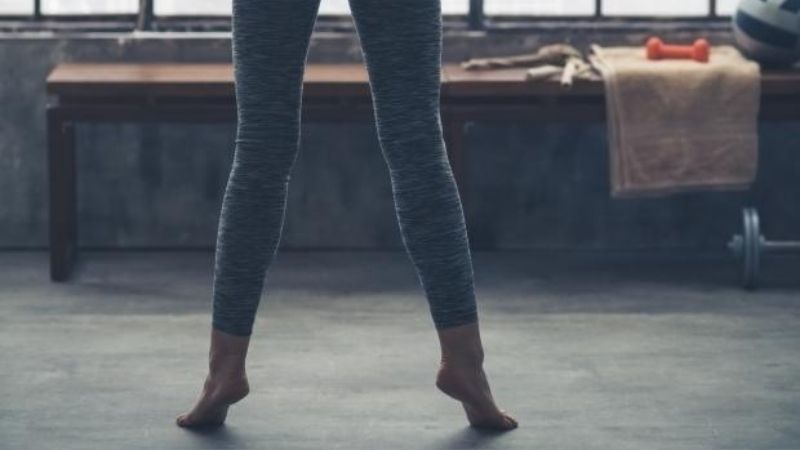 Calf raises
Calf raises
Leg Press
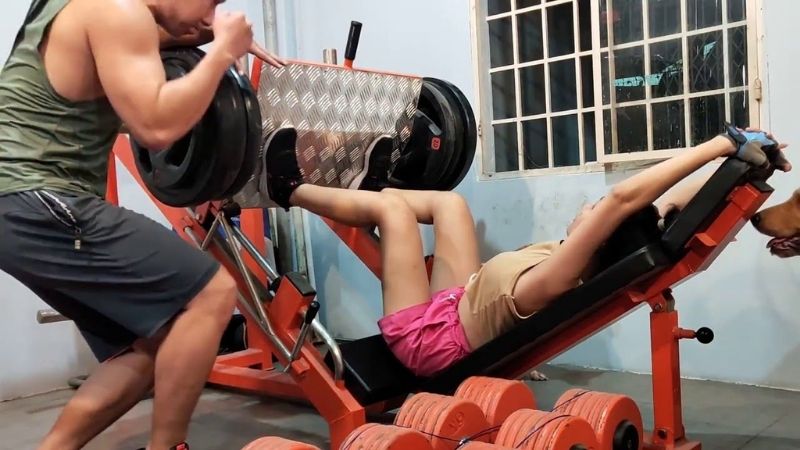 Leg press
Leg press
Squats
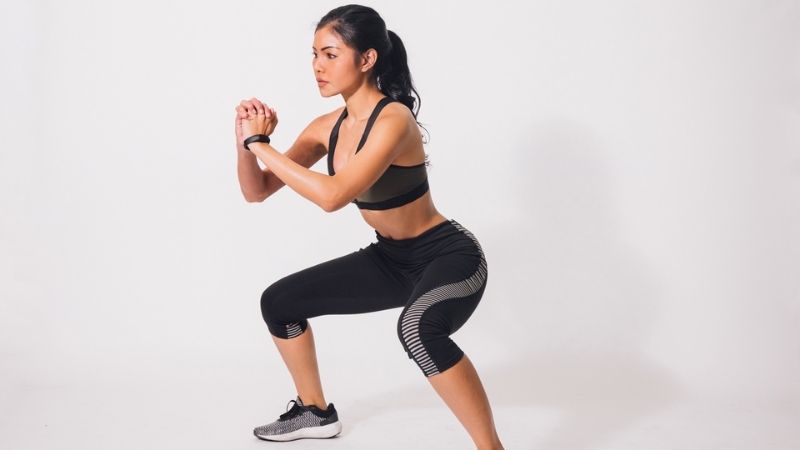 Squats
Squats
Leg Relaxation
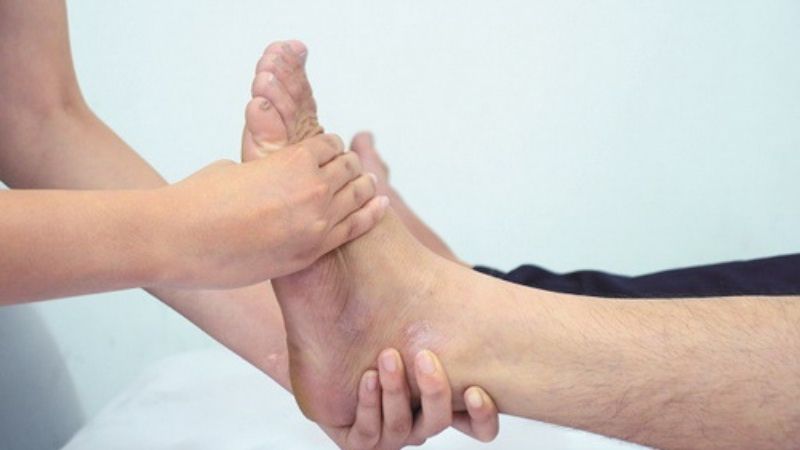 Leg relaxation
Leg relaxation
Balanced Diet
It is essential to include calcium, vitamin D, and vitamin K in your daily diet, especially the trio of calcium, vitamin D3, and MK7, to effectively improve bowlegs.
 Balanced diet
Balanced diet
- Calcium: Sufficient calcium intake strengthens bones and promotes height growth. Good sources of calcium include , , , , and . Additionally, consider taking calcium supplements for maximum benefit.
- Vitamin D3: Vitamin D3 enhances calcium absorption in the intestines, aiding in the treatment and prevention of rickets and promoting bone health.
- MK7: MK7, also known as vitamin K2, is naturally derived and works with vitamin D3 to transport calcium from the blood to the bones, making them more resilient. MK7 is commonly found in fermented soybeans using the Japanese Natto method.
Physical Therapy
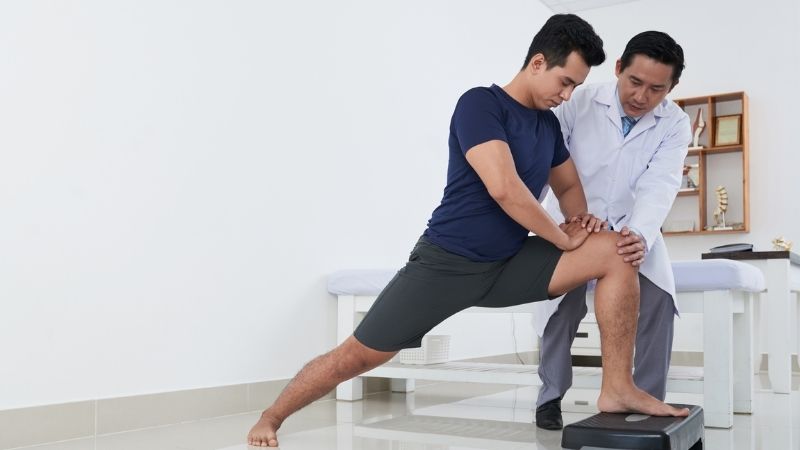 Physical therapy
Physical therapy
Visit a medical facility with a physical therapy department for effective treatment. Do not attempt any method without consulting a doctor first, as incorrect treatment can significantly impact your skeletal structure.
Posture Correction
 Posture correction
Posture correction
If bowlegs are detected in children, it is crucial to correct their gait early on, as their bones are still developing and more malleable. Start by practicing steady steps with straight legs, focusing on walking correctly rather than quickly. It is easier to correct posture during childhood than in adulthood.
4 4 Effective Exercises for Bowlegs
Figure Four Stretch
 Figure Four Stretch
Figure Four Stretch
Instructions
<











